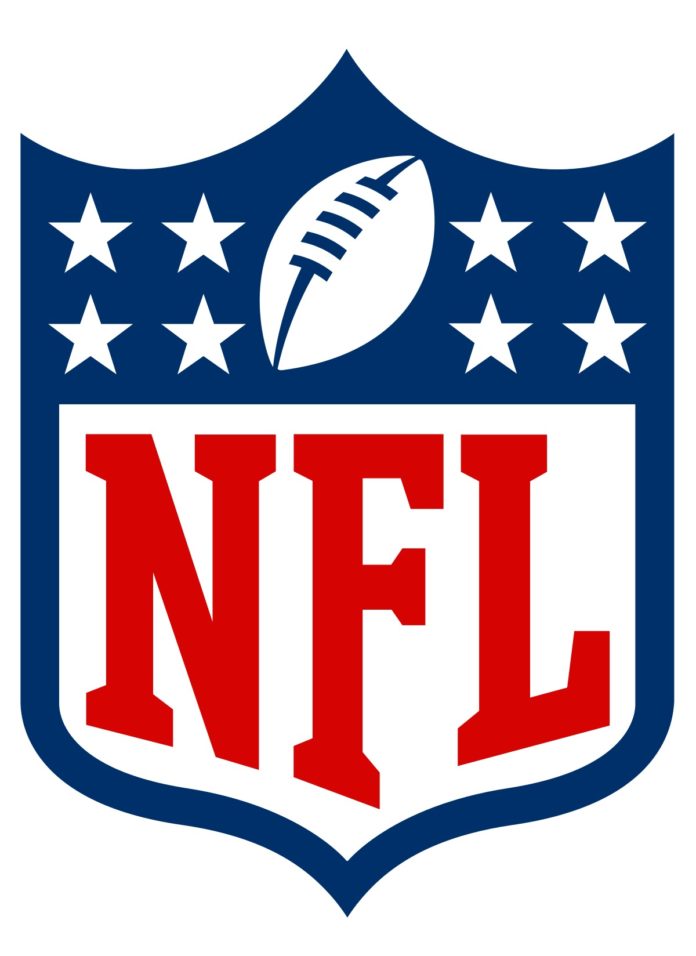By Mitch Rice
The Super Bowl Halftime Show has become an iconic spectacle ingrained in American culture. What started as a simple entertainment break during the championship game of the National Football League (NFL) has evolved into a global phenomenon, blending music, dance, technology, and celebrity culture. This evolution reflects broader shifts in entertainment, marketing, and audience expectations over the years. From modest beginnings to elaborate productions with massive budgets, the Super Bowl Halftime Show has continuously pushed boundaries, capturing the attention of millions worldwide.
The inaugural Super Bowl in 1967 featured a modest halftime show consisting of marching bands and drill teams. In the following decades, the halftime entertainment primarily comprised college marching bands, local performers, and occasionally big names in music, such as Up with People and Carol Channing. These early shows served as intermissions, focusing more on traditional forms of entertainment rather than the extravagant productions we see today.
The turning point for the Super Bowl Halftime Show came in 1993 with Michael Jackson’s performance at Super Bowl XXVII. Jackson’s electrifying performance set a new standard, transforming the halftime show into a must-see event. His combination of showmanship, dance, and hit songs captivated the audience and garnered unprecedented viewership. Jackson’s performance not only elevated the halftime show’s status but also established a blueprint for future performers to follow.
Following Michael Jackson’s groundbreaking performance, the Super Bowl Halftime Show increasingly became a platform for top-tier musical acts. Throughout the late 1990s and early 2000s, iconic artists such as Diana Ross, Aerosmith, Britney Spears, *NSYNC, and U2 graced the halftime stage. These performances integrated elaborate stage setups, choreography, and special effects, showcasing the evolving production values of the show. The infusion of pop culture icons attracted a broader audience beyond football enthusiasts, solidifying the halftime show’s status as a cultural event.
Despite its popularity, the Super Bowl Halftime Show hasn’t been without controversy. The infamous “wardrobe malfunction” incident during Janet Jackson and Justin Timberlake’s performance in 2004 sparked widespread debate and led to increased scrutiny of future halftime shows. In response, the NFL implemented stricter guidelines and vetting processes for performers, ensuring that the show remained family-friendly. Additionally, technological advancements played a significant role in enhancing the halftime experience, with LED screens, pyrotechnics, and intricate stage designs becoming commonplace.
In recent years, the Super Bowl Halftime Show has evolved into a cultural extravaganza that transcends sports. The lineup of performers has grown more diverse, reflecting the varied tastes of the global audience. Superstars like Beyoncé, Bruno Mars, Lady Gaga, and Shakira have delivered memorable performances that blend music, dance, and social commentary. These shows often incorporate elements of spectacle and surprise, generating buzz and anticipation months in advance. Moreover, the halftime show has become a prime marketing opportunity for artists to promote their latest projects and reach a massive audience in one fell swoop.
The evolution of the Super Bowl Halftime Show mirrors broader shifts in entertainment, technology, and audience engagement. What began as a simple halftime intermission has transformed into a global cultural event that captivates millions of viewers worldwide. From Michael Jackson’s groundbreaking performance to the elaborate spectacles of today, the halftime show continues to push boundaries and redefine the intersection of sports and entertainment. As we look to the future, one thing is certain: the Super Bowl Halftime Show will remain a cornerstone of American popular culture for years to come.







